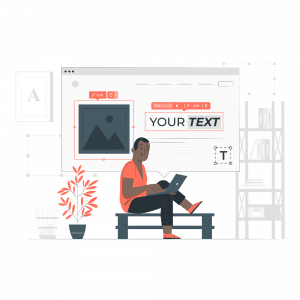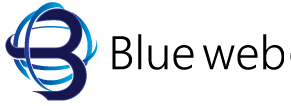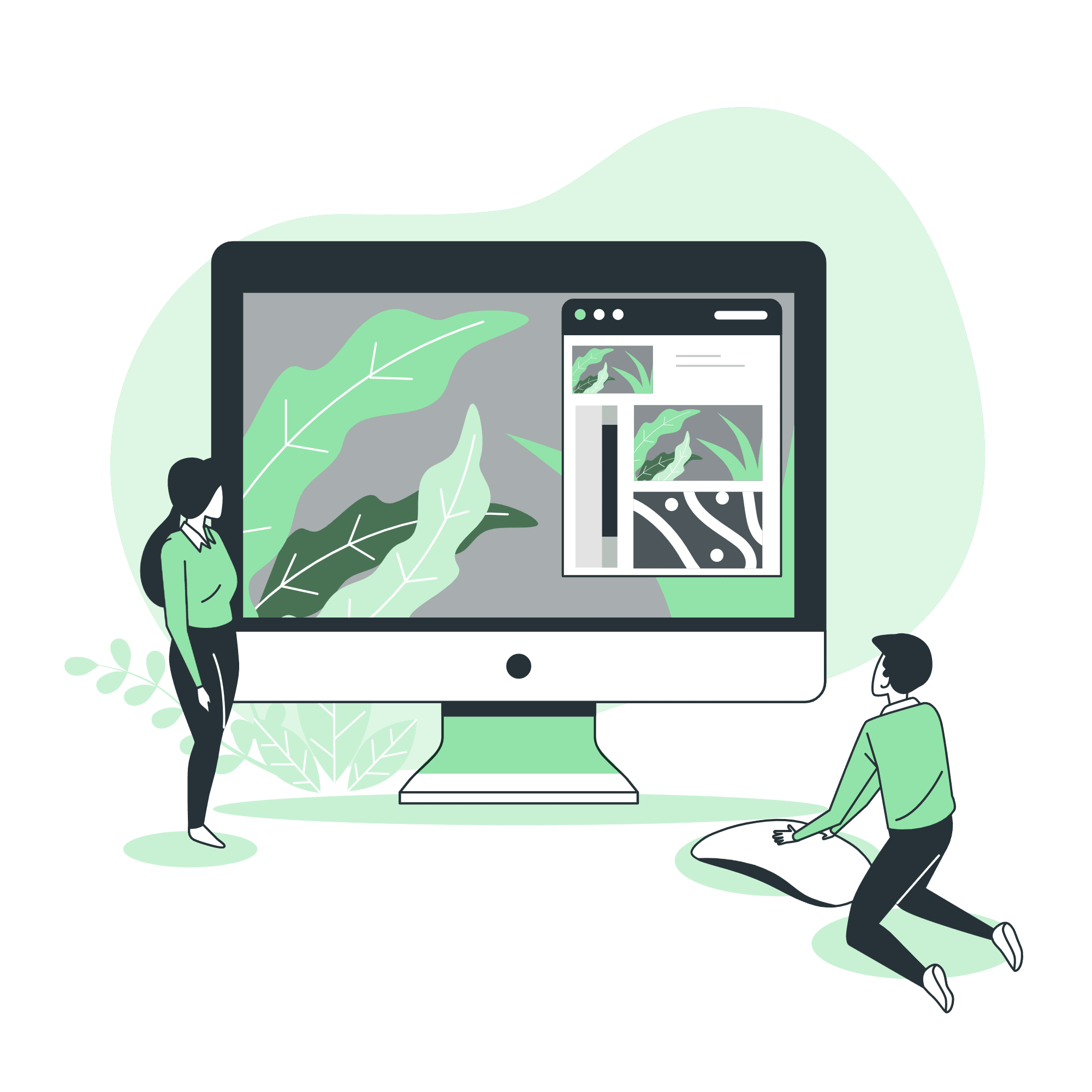A landing page is a page on a website that is designed to market a product or service or to encourage visitors to click on a “call to action.” Often, a person lands on a landing page when they see something interesting, such as a social media ad or a link in an email. When a person clicks on it, they are redirected to the landing page.
A landing page is not the same as a home page or a splash page. A landing page is highly focused and optimized to get visitors to take action. All text, images, and symbols are directly related to the purpose of the page. Each section is designed to logically lead visitors to options to click on or fill out a form.
The goal of a landing page is conversion, and they are transparent about this. When you’re on a landing page, you know exactly what you’re being offered and what you’re being asked to do from the moment the page loads. In contrast, a home page is more like a site’s table of contents, a site-wide navigation center that provides a quick overview of the site’s content. A home page is usually where you’d land if you searched on search engines or social media pages. Unlike a landing page, a home page doesn’t have a specific goal and is more open-ended, giving visitors all the options to go wherever they want.
Successful landing page design is all about creating a conversion, turning a curious visitor into a committed buyer. But there’s no magic to how a landing page works. Digital strategy and website design come together to deliver a compelling product. If done right, it can even convert a person who has made a purchase into a customer.

While a well-designed landing page is more likely to generate sales, it is also severely underrated, with 44% of companies sending people to their website’s homepage instead of a targeted landing page. A large amount of Google Ads, SEO, and overall marketing resources are needed to make a product compelling, and businesses shouldn’t fail financially at the last step. But no matter how much potential revenue a landing page has, what makes it effective is its design.
To make sure your landing page design works, we’re going to cover how a landing page works, landing page content, and tips for designing a great landing page. If you’re unsure about whether to go with a landing page, we’ll help you make sure.
How does a landing page work and why is it important?
A landing page, sometimes called a product page, is designed to market a product/service or entice visitors to take a specific action. A landing page is usually where users are directed when they click on an advertising link or search for products on Google.
A business website acts as a hub for all of its products and services, as well as providing general company information. A landing page is a part of a company’s website and its goal is to persuade and sell, which is possible through focus. The landing page focuses on a product, the text content focuses on describing and selling that product, and the job of website design is to make the text content readable, make the product suitable for presentation, and attract the visitor. That’s why landing pages (especially more than one landing page) have a much greater impact on customer acquisition than the home page of a company’s website. Since landing pages are marketing tools, their design success is often measured by numbers: conversion rates and traffic rates. Conversions are the number of page visitors who purchase a product (this number “converts” them from non-customers to customers). Despite the stunning beauty of your landing page, if the conversion rate is low (around 2% is considered average), then your design is failing to achieve its goals.
Traffic is information about who is visiting your page, including the total number of visitors and how long they stay on your site. When visitors leave a page without making a purchase, they are said to have “bounced” from that page. While traffic statistics may not be as important as conversions (a high-traffic landing page with a low bounce rate isn’t much use if no one buys), the number of people who reach all sections of your landing page can determine how engaging your website is. The good news is that visitors who stay on a page for more than ten seconds are much more likely to read the entire page. Great design combined with clear, compelling information is your best tool for keeping visitors engaged during this valuable opportunity.


